As we age, grasping the needs of our skin can seem like a constant challenge due to ongoing biological changes. Just when you think you've got it figured out, time marches on and your skin and appearance take another turn. One day you wake up, look in the mirror, and all of a sudden your outward reflection no longer aligns with your inner vitality.
Unfortunately, with each passing decade, that gap between how we look and how we feel gets wider. As a facial plastic surgeon, I have had this conversation many times, and have worked closely with my patients for the last 20 years to close this gap and help them look as young as they feel. I want people to feel more confident in their own skin, and this is the driving force behind all that I do. It’s why I share information here and on my various media channels, to help educate about the key changes happening in your skin, what ingredients or best practices your skin needs, and how you can be proactive in building an effective skincare regimen to slow down the aging process.
Aging affects all of us, and if you are bothered by this gap in how you look and how you feel, then I am here to offer some real advice. No matter your age, caring for your skin doesn’t have to be complicated or expensive. Skincare is not about complex routines and miracle powders, or the latest treatments and procedures--it's about laying a foundation that is going to set your skin up for success as time goes on and your face inevitably changes.
Understanding Skincare for Each Decade
This week I want to guide you through the evolving stages of skin through each decade of your life. I’ll take you through the gradual and natural transitions you can expect along the way, and discuss ways to nurture your skin and what you can avoid to help prepare you for the decades ahead. This guide will help you maintain a more naturally youthful appearance and align your outer skin health with your inner beauty, so you can feel confident and age gracefully throughout each chapter of your life.
Skincare for your 20s
There's a lot going on in a person's life in their 20s, and sticking to a consistent skincare routine doesn't always seem like a top priority. Lifestyle factors like lack of sleep, sunbathing, stress, and poor nutrition or lifestyle habits, can begin to manifest in the appearance of the skin. Late nights with frequent consumption of alcohol and smoking can also negatively impact the skin's health and appearance. While you may not have any fine lines or wrinkles yet, introducing preventative measures now means fewer skin aging concerns in the years ahead.
What you need: While there are tons of videos on social media giving skincare advice, navigating a ten-step, multi-ingredient TikTok routine isn’t going to sound appealing when you’re coming home late at night or particularly tired in the morning. With Trifecta’s quick and easy three-step routine, we put all of the most important ingredients into an effortless system, so you can knock out your skincare in just a few minutes, and know that you’re still getting everything your skin really needs but in a fraction of the time.
Every individual's skin ages at a different rate, influenced by various factors including genetics, sun exposure and lifestyle habits. If you're not getting enough quality sleep, often feel stressed, and find yourself reaching for iced coffee more often than water, try to make small changes in your lifestyle, like adapting healthy habits to manage stress or swapping your afternoon sugary drink for fruit-infused water. Just like everything in life, little things add up to big changes over time.
What To Avoid: First and foremost–do not spend time in the sun without sunscreen! While you might not be thinking of your skin and aging while bronzing by the pool now, you will be thankful for that sunscreen later down the road.
It's also crucial to cleanse, followed by a simple skincare routine, no matter how tired you might be. This practice will help remove dead skin and impurities such as dirt and oil, preventing clogged pores and breakouts. And, while we’ve been programmed to think that cleansers with "foaming action" will be the most effective for cleaning and combating oily skin, the truth is, these cleansers tend to use harsh surfactants that can throw off the balance of the skin. This is why using a non-foaming, pH balanced cleanser, like our award-winning Rinse, which is going to soothe and support the skin without stripping it of natural moisture.
Key Takeaways: Around age 27, the rate at which your body produces collagen begins to subtly taper off. This becomes an important time to start thinking more seriously about choices that will impact the longevity of your skin, so starting an anti-aging skincare routine by age 27 is highly recommended. Starting a skincare regimen isn't about trying to look eternally youthful; it’s about building a consistent habit that will provide your skin with the support it needs to age gracefully for decades to come.
Skincare for your 30s
Many people in their 30s have shed the baby fat, are dealing with less hormonal fluctuations, and start to feel more confident and balanced in this decade. Skin is showing minimal signs of wrinkles, however, during this stage of life, you may begin experiencing the first effects of sun damage—which is why it's so important to habitually use sunscreen.
Skin cell turnover, which is the skin's process of producing new skin cells to replace existing skin cells, naturally slows down as a person ages and you may begin to lose that natural, radiant glow.
Collagen fibers, which support skin elasticity and strength, also begin slowing down in a person's 30s which can result in dull, tired-looking skin--in particular, the under-eye area. The skin under the eyes is sensitive and thinner than other areas of the face, which is why dark circles, puffiness, and wrinkles tend to be more pronounced here.
What you need: Retinol increases the skin cell turnover rate, and products containing Retinol are going to help with natural collagen production and rebuilding skin elasticity. If the under-eye area is an issue for you, take care in finding products with Retinol that are going to strengthen the skin around the eyes. Managing multiple creams and moisturizers can be tedious, which is why I formulated Illuminate Anti-Aging Cream—an all-in-one solution that will stimulate natural collagen activity and is gentle enough to be used on the entire face, including the eyes. It's also packed with all of the ingredients your skin needs to help improve elasticity, trigger skin cell turnover, provide soothing hydration, and should also be used on the neck and décolleté. Keep your skin hydrated with non-comedogenic moisturizers or naturally hydrating balms.
What to avoid: Consistency is key, so keeping up with healthy habits is essential. Don’t skip your skincare routine, don’t go out in the sun without sunscreen, and don’t neglect hydration–these are essential daily practices. Hydration applies both to water consumption, and what you do for your skin.A common misconception is to skip moisturizer if you have oily skin, but the truth is, the right amount of moisturizer will actually help balance your skin and decrease excess oil production and shine, while also making sure your skin stays supple and youthful.
And don’t waste your money on extra eye creams and neck creams, just invest in the right products that will give you the best results overall.
Key takeaways:These are crucial years to start using products with active ingredients. Invest in products that are going to give you long-lasting results and help your skin to get continuously better with time. Use a Vitamin C serum, like Quench, and products with botanical skin brighteners, like those found in Trifecta to help fight sun damage and balance skin tone. Make sure that you find an anti-aging cream, like Illuminate that is packed full of valuable actives, has been clinically-tested, and is effective for the neck and under-eye area too, so you’re not wasting time and money on empty promises and unnecessary products.
Skincare for your 40s
During your 40s, the skin's repair system and collagen production slows down even further, resulting in loss of volume, firmness, and elasticity. Perimenopausal women will also begin experiencing hormone changes that affect their skin. Estrogen promotes water retention and plumpness in the skin, so as estrogen production naturally decreases, it's not uncommon to experience dryness or irritation of the skin.
What you need: During this stage, it's seriously time to reach for the Retinol. Use products like Trifecta that are formulated with active ingredients, like Retinol, to help increase skin cell turnover and stimulate natural collagen production. Another way to help increase skin cell turnover is through exfoliation, which is why we created Polish to supplement the Trifecta skincare system.
Polish is an “enzymatic exfoliator” which means it helps remove the buildup of dead skin by dissolving away the bonds between the dead skin cells, and then uses gentle granular exfoliation to slough it away. Exfoliation not only helps restore a brighter, smoother complexion, but also encourages your skin to produce new cells, giving your skin a fresh and healthy glow. As you begin adding exfoliation into your skincare routine at home, remember to not exfoliate too harshly or too frequently. In most cases, once or twice a week should suffice.
What to Avoid: As you see more pronounced fine lines and wrinkles, or start to experience volume loss and hollowness that makes you look more tired than you feel, you may be considering “prejuvenation” (preventative rejuvenation, like Botox or fillers) if you haven't already. While I am a proponent of using treatments like Botox to reduce repetitive muscle movements that will help to soften deepening wrinkles, or using filler to subtly restore thinning lips--please, please be cautious. Filler can help in small doses, in the temporal region or throughs of the eyes, but if you end up over-compensating and over-filling, you can actually make your face appear heavier, distorted, puffier and more square, which will actually actually make you look older. Here is a video I made about the right and wrong way to use fillers.
Key takeaways: Cleansing, hydration, and sun protection are still as important as ever-- and now it's definitely time to add proven anti-aging ingredients and exfoliation into the mix. Be diligent about using products that contain active ingredients which are going to help improve skin laxity and firmness, and exfoliate to make sure the ingredients are being properly absorbed into the skin. In addition to Retinol and Vitamin C, incorporate ingredients like Peptides, Hyaluronic Acid and Niacinamide to maintain moisture and luminosity.
Skincare for your 50s
Around this time, post-menopause hormonal shifts can be seen in the skin. Decreased production of estrogen means that the skin becomes thinner, losing its luminosity. Lower levels of estrogen also mean that the skin doesn't hold water and moisture as effectively, which is why it's common for people to experience dry and sensitive skin during this stage of their life.
What you need: Before we dive in, I want to make one thing very clear: it's never too late to start a skincare routine. Some people are under the assumption that there's nothing that can be done once you've reached a certain age, and that's simply not true. Using the right blend of skincare ingredients, like Retinol, Niacinamide, Hyaluronic acid, Vitamin C, and everything else bundled into the KaramMD Trifecta, with daily use of sun protection, will help protect, nourish, and even revive your skin when used consistently over time.
What to Avoid: Once you hit your 50s, you need to be cautious about continuing facial prejuvenation treatments at the rate you might be used to. The structure of your face is changing; skin is losing laxity, muscles are sagging, and therefore how you treat the skin and muscles, and the results from such treatments is going to be different too. Where Botox may have given you lift in the past, in your 50s, injections can actually have the opposite effect. As your muscles naturally start to drop, eyebrows are now lower than in previous decades, and the skin around your eyes is beginning to sag and appear heavier. So, if you freeze the Occipitofrontalis (forehead) muscles, for example, you won't be able to lift your brows anymore; instead, they will be fixed at this lower point. Consequently, you'll experience limited ability to open your eyes with full expression. Combine this with the presence of that sagging, heavier eyelid skin, now immobilized because you can't lift your brows--it's going to make your eyes appear smaller, tired, and heavier. You need those facial muscles to work and move in your more mature years.
Fillers should also be avoided, because they are simply not going to be able to replace the fat your face has lost up to this point. Using fillers at this stage of life might give you a false impression that you’re going to lift the face to reduce sagging, but, this is not going to improve laxity which is the true culprit behind sagging, and therefore no amount of fillers are going to reverse that sagging skin. If you attempt to replace the lost volume with filler, you will change your face and wind up looking puffy and appear heavier. As you keep up the vicious cycle and apply more and more filler, you will begin to look unusual, not like the youthful version of yourself as intended (think Madonna). Overuse of filler at this age can create more weight and sagging and you won’t end up looking like natural and younger, you’ll only worsen your situation.
Lastly, don’t waste your money on laser treatments that are only going to offer a temporary fix, because your skin is not going to repair and replenish like it used to in your 30s or 40s. I have an entire video on skincare and facial rejuvenation mistakes for your 50s, and if you’re in this stage of life, definitely check it out for more advice on my YouTube channel @dramirkaram.
Key takeaways: When you’re aging through your 20s, 30s, and 40s you look fundamentally the same, but once you hit your 50s, the shift in estrogen and collagen loss changes the entire shape and foundation of the facial structure and you can begin looking like a different person. Be cautious of trying old tricks in this new phase. Start to reduce treatments and focus more on skincare and sun protection. It's never too late to start a daily routine that nourishes, heals, and revives your skin from the inside out. With consistent use, no matter your age, you will see a positive change in your skin.
Skincare for your 60s and beyond
In your 60s, 70s, and above, the aging process continues to manifest in deeper wrinkles due to the ongoing loss of collagen and elastin, more sagging and a general loss of firmness. Age spots and uneven pigmentation may develop from cumulative sun exposure over the years, and visible blood vessels may contribute to redness on the face. Dryness becomes more prevalent as oil production decreases, the skin's natural renewal process slows down, which results in a duller complexion, and thinning of the epidermis makes the skin more fragile, contributing to a delicate texture.
What you need: Caring for your skin in your 60s and 70s involves prioritizing hydration and protection. Use rich, moisturizing creams and hydrating balms to combat dryness and support the skin's natural barrier. Sun protection remains crucial to prevent further sun damage, so apply sunscreen daily. Incorporate products containing active ingredients to promote cell renewal, balance skin tone, and to boost hydration. Bi-weekly use of a gentle exfoliant can help improve skin texture and revive dull skin.
What to Avoid: Steer clear of excessive sun exposure to prevent further damage and the development of age spots. Harsh skincare products can irritate thinning skin, so opt for gentle cleansers that will not dehydrate the skin.
Loss of laxity is inevitable at this point in life, and that is going to affect your face shape due to pronounced sagging of the skin. While surgical facial rejuvenation techniques I perform, like a Vertical Restore, are meant to treat the face and neck as a whole, be cautious with choosing your cosmetic procedures--make sure you do not end up treating only certain areas like the neck for example, without addressing the rest of the face.
Key Takeaways: I’ve talked to so many patients throughout my career, and many with age-defying skin who are 60 and above which inspired me to write a whole article about “How to Have Great Skin in Your 60s and 70s.” For those who have maintained youthful-looking skin with fewer signs of aging, I’ve found they all have the same things in common that they’ve done consistently throughout their lives: protecting their skin from the sun, following a healthy diet, exercise and living an active lifestyle, getting enough sleep, and applying active ingredients to their skin–every day! The earlier you can make those habits more than just a routine, but more of a lifestyle, the better chances you will have at great skin even in your mature years.
Support Your Skin as You Age: Using Trifecta for Timeless Beauty
We've covered a lot of ground here, but the most important thing to take away from all of this is that skincare is a continuum with evolving needs. No one is exempt from aging, and as we all navigate the evolving stages of this process, there are certain things we can gain from understanding how our skin works and how we can best support it through each decade of our lives. I am deeply passionate about the topic of anti-aging, which is why I am in the profession I’m in, and ultimately what led me to developing Trifecta, because with everything I have learned, I can honestly say, the key to achieving healthy, youthful skin lies in the commitment to a daily skincare routine and diligent sun protection.
Trifecta is a skincare system intended to serve as a consistent regimen throughout your life. Its purpose is to assist in combating signs of aging and make skincare attainable and effective for all ages and skin types.
This simple three-step routine, combined with exfoliation and daily sun protection, will give you all the active ingredients necessary to nurture your skin over time, and ultimately slow signs of aging. It provides everything you need in one simple package to keep your skin vibrant and healthy as you age. As you transition through the chapters of your skin's story, let Trifecta provide a foundation for supporting and reviving your skin from the inside out. Trifecta simplifies beauty maintenance, making it easier than ever to age gracefully and embracing each chapter with confidence.


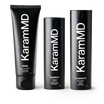
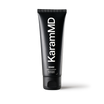
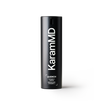
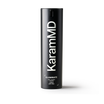
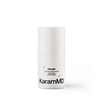

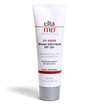

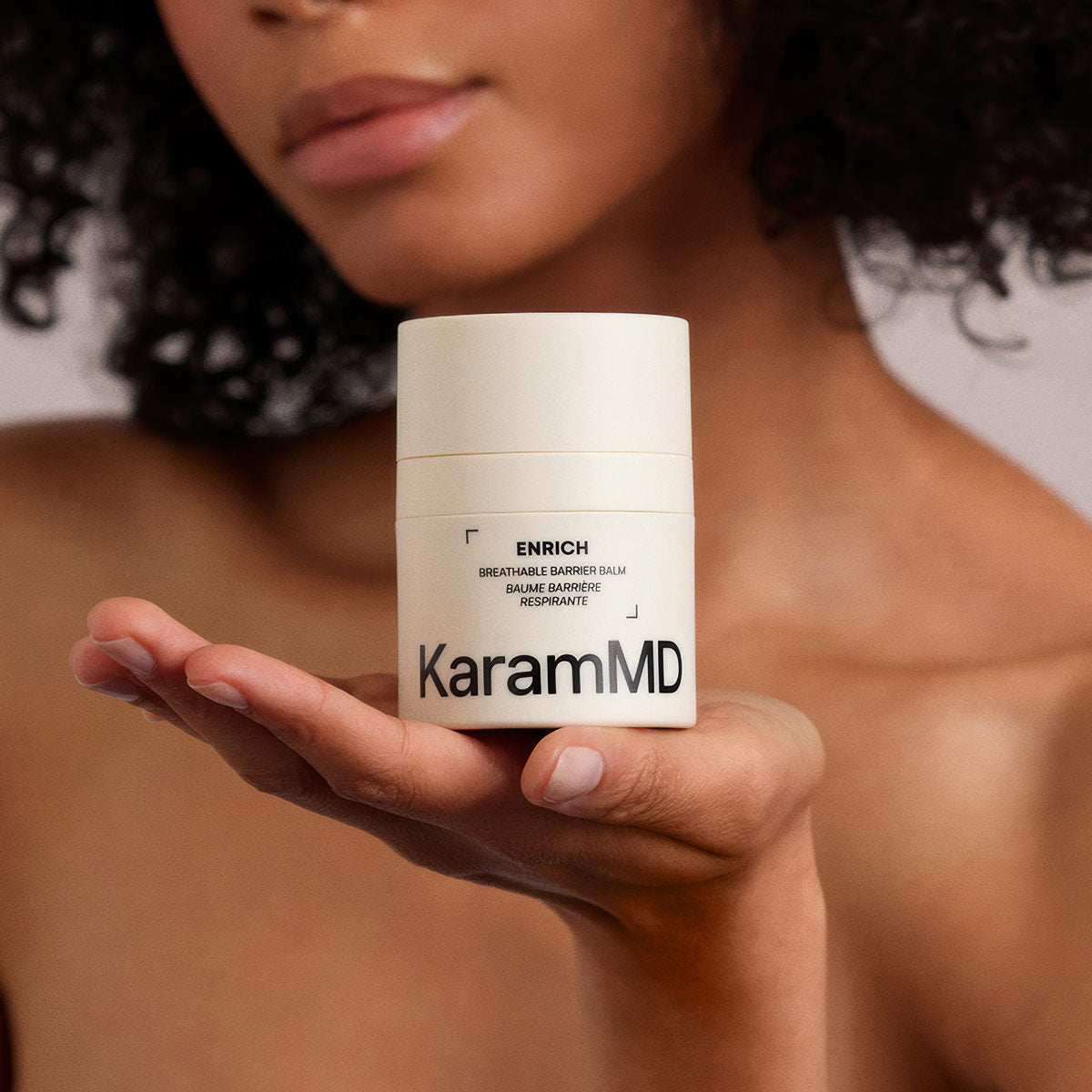


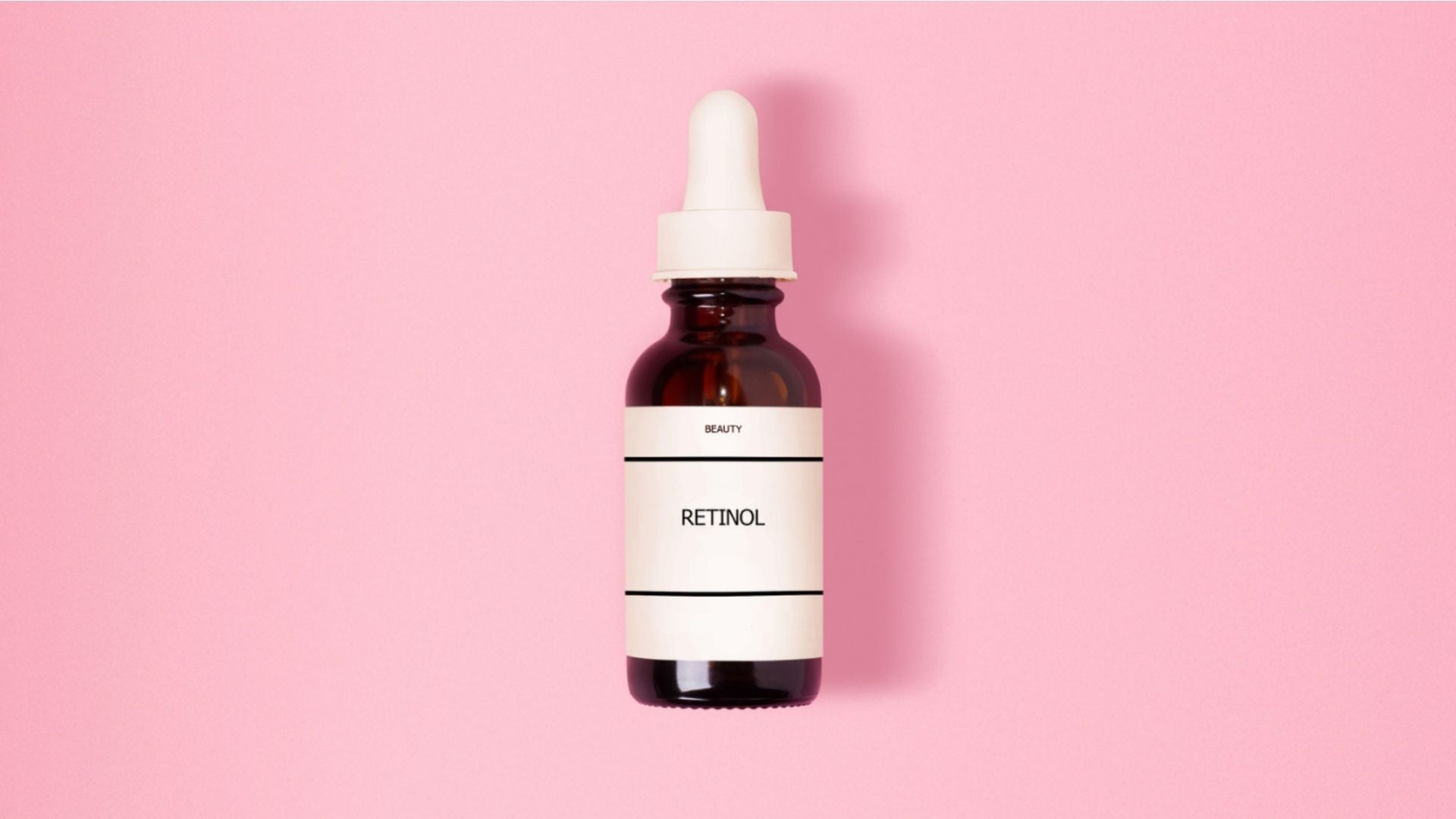



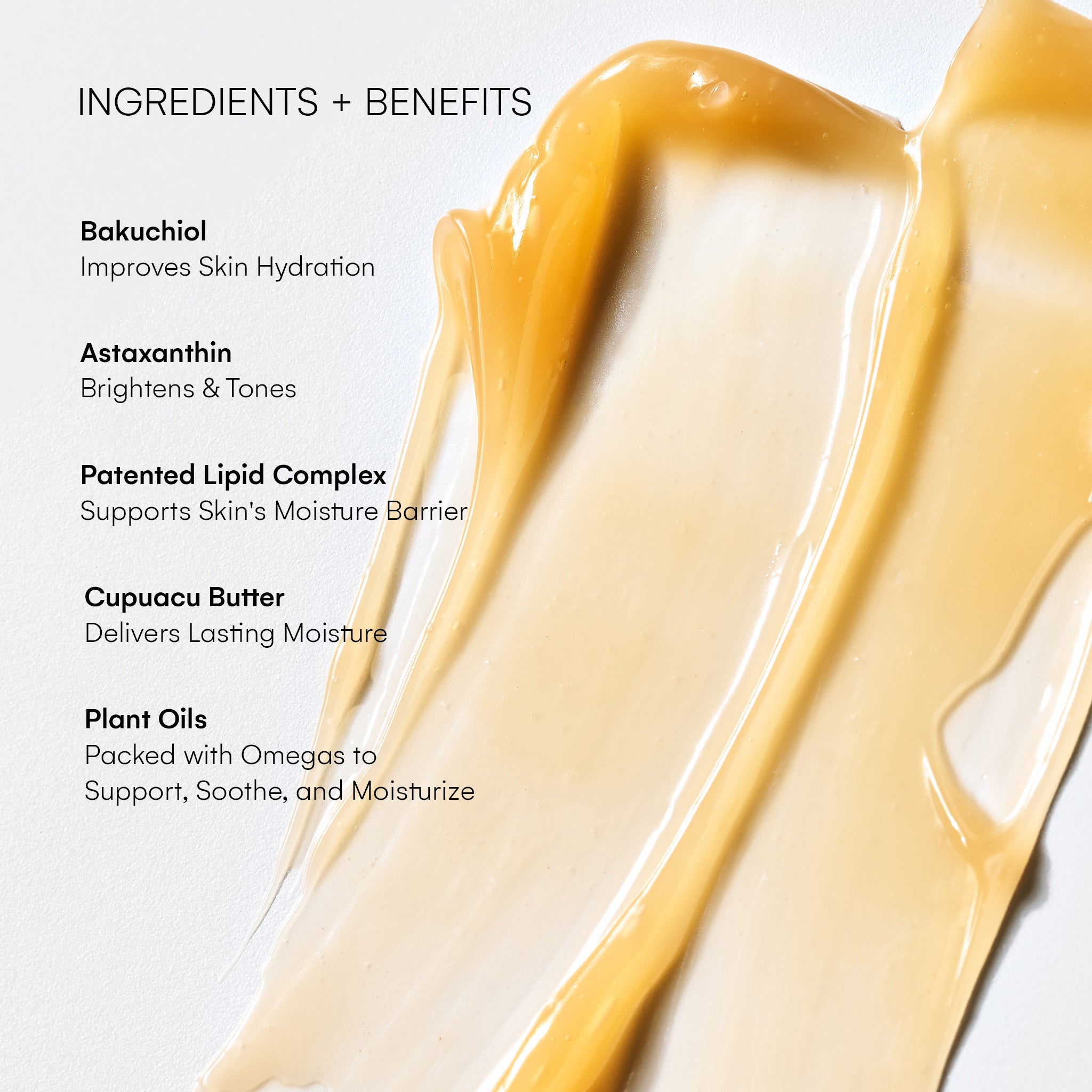
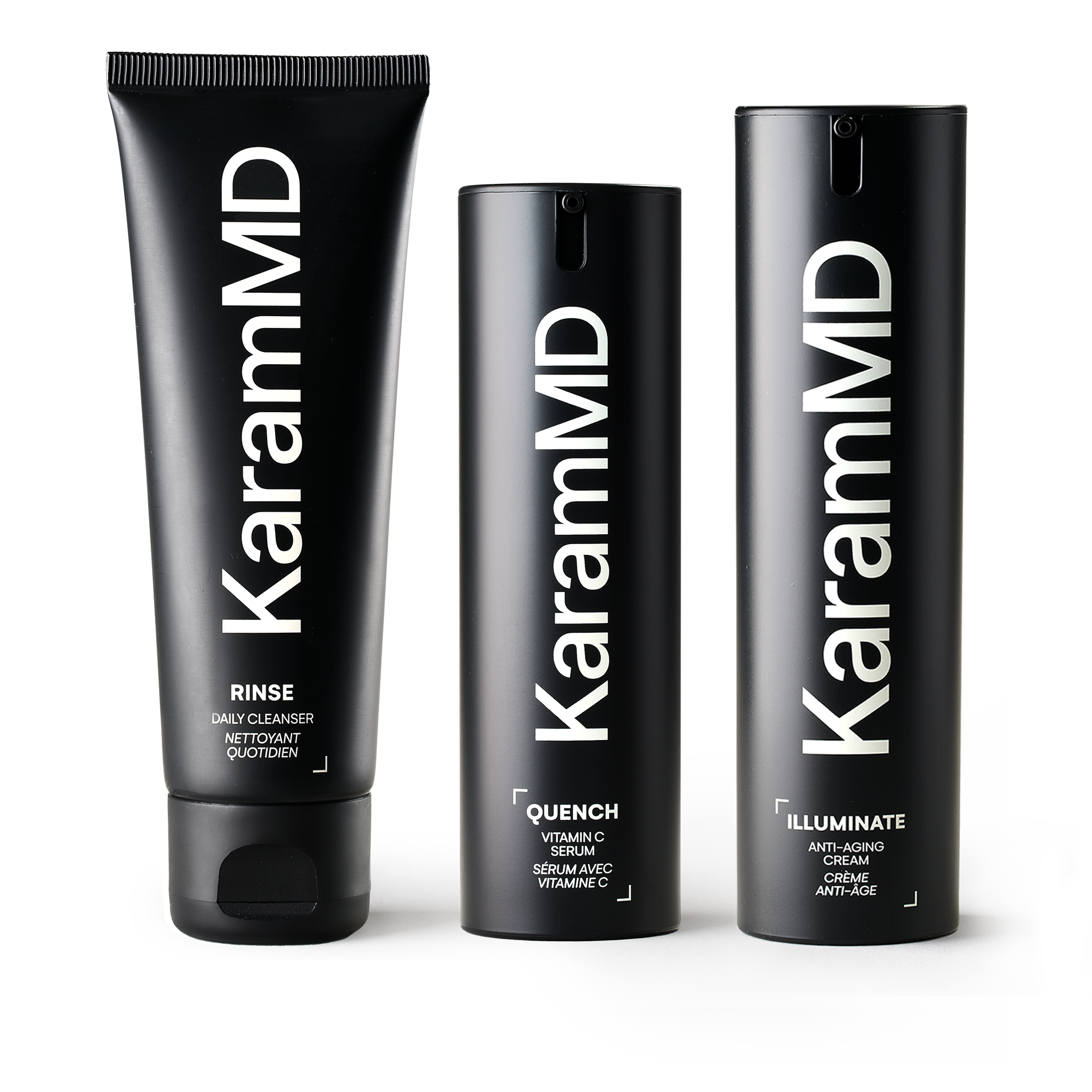
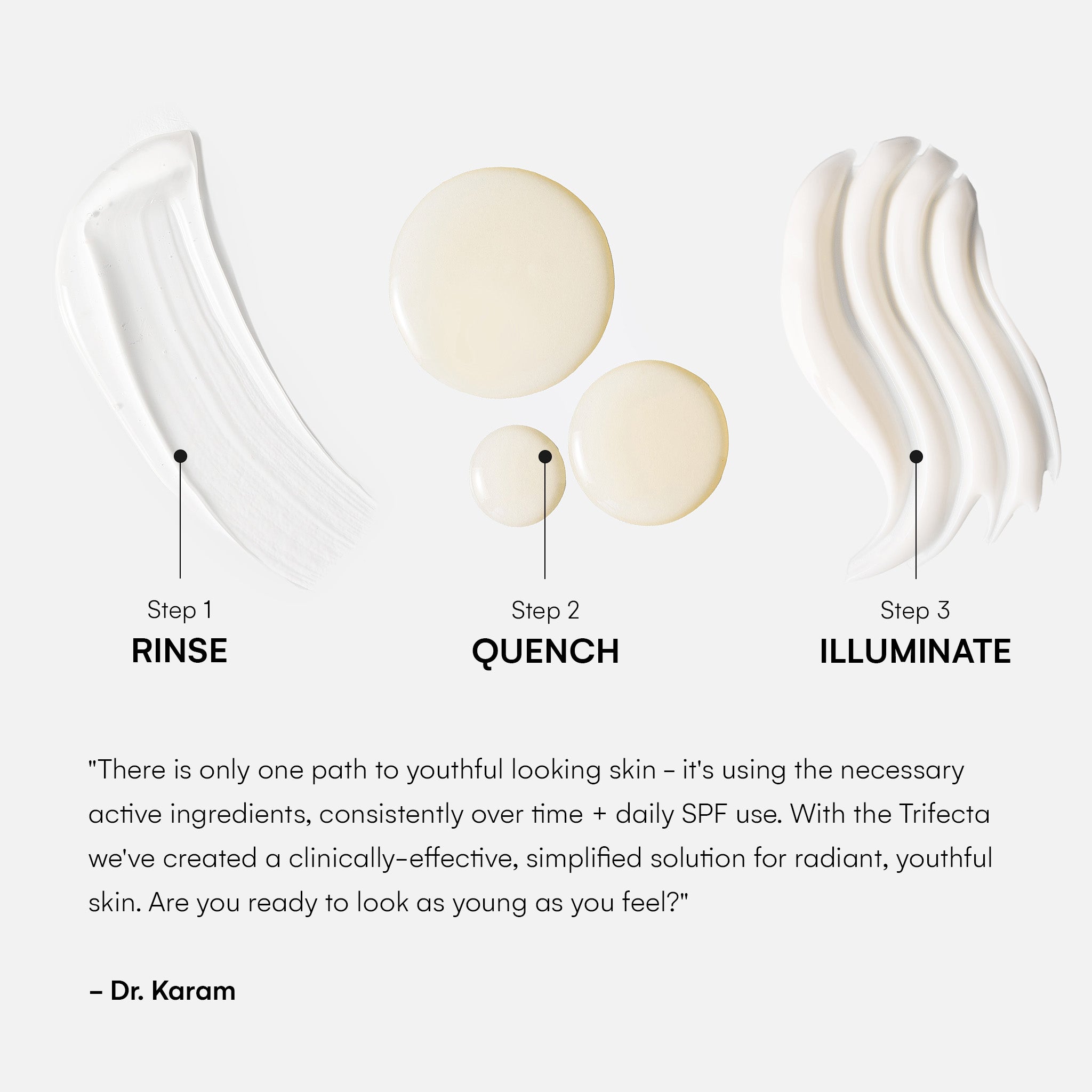

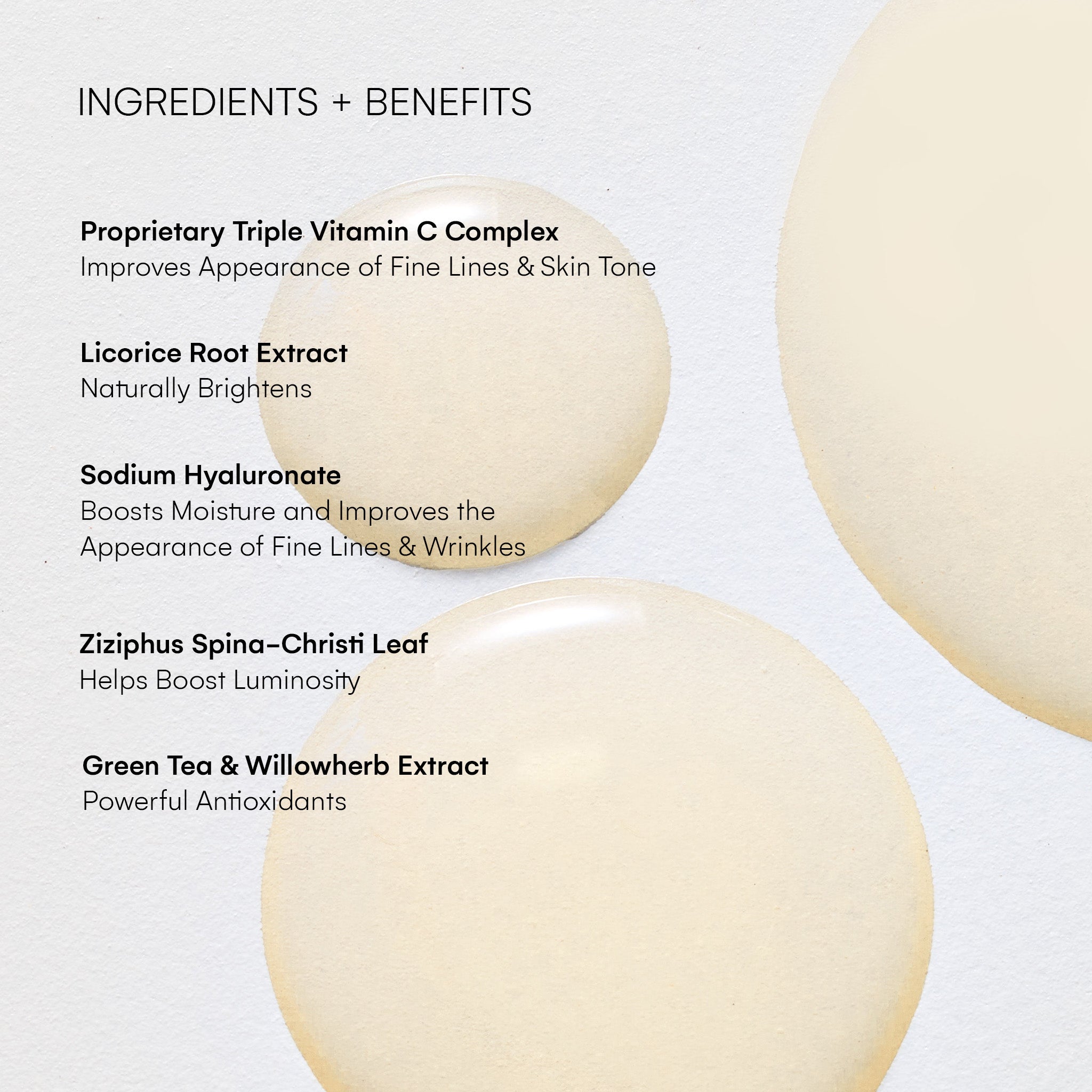
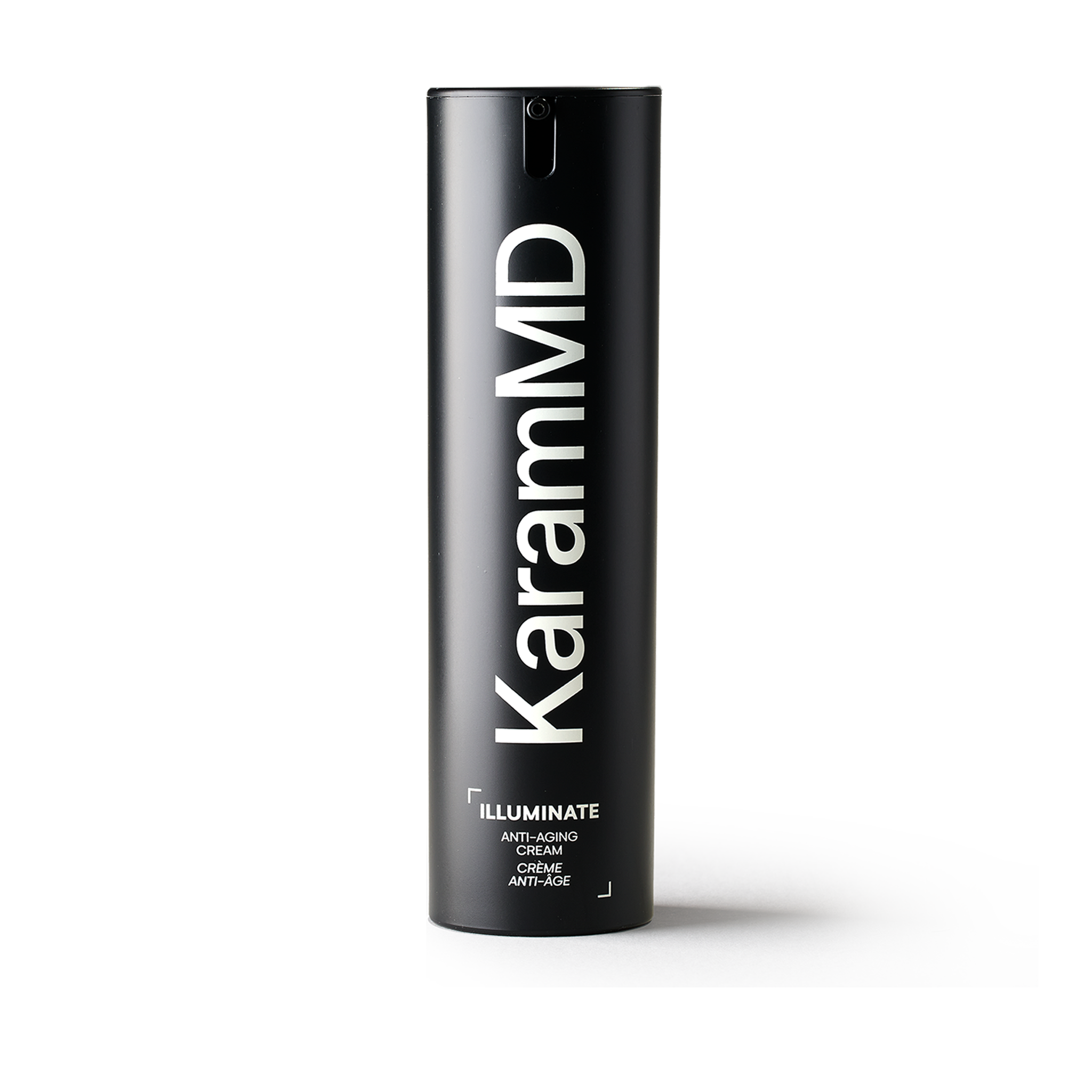
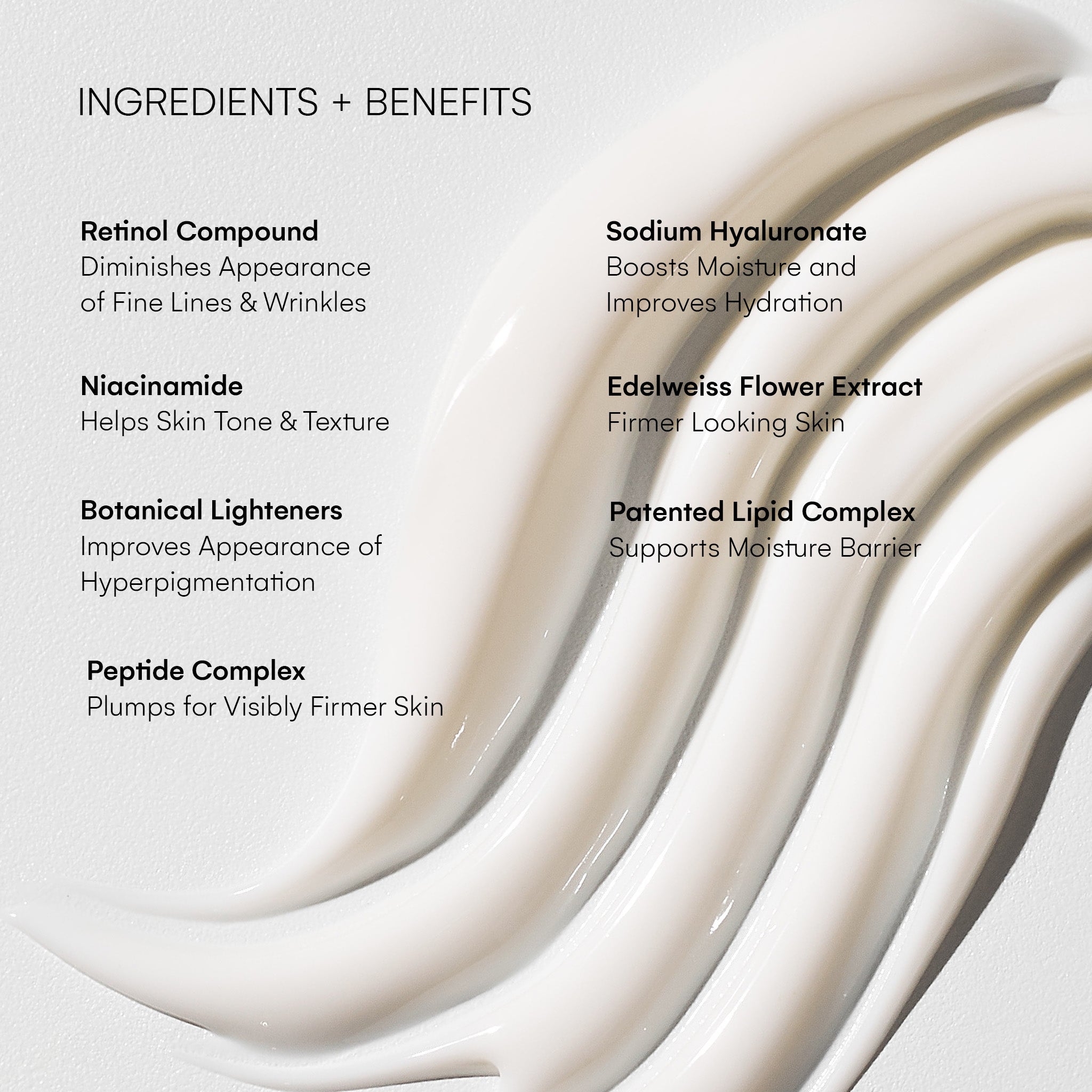
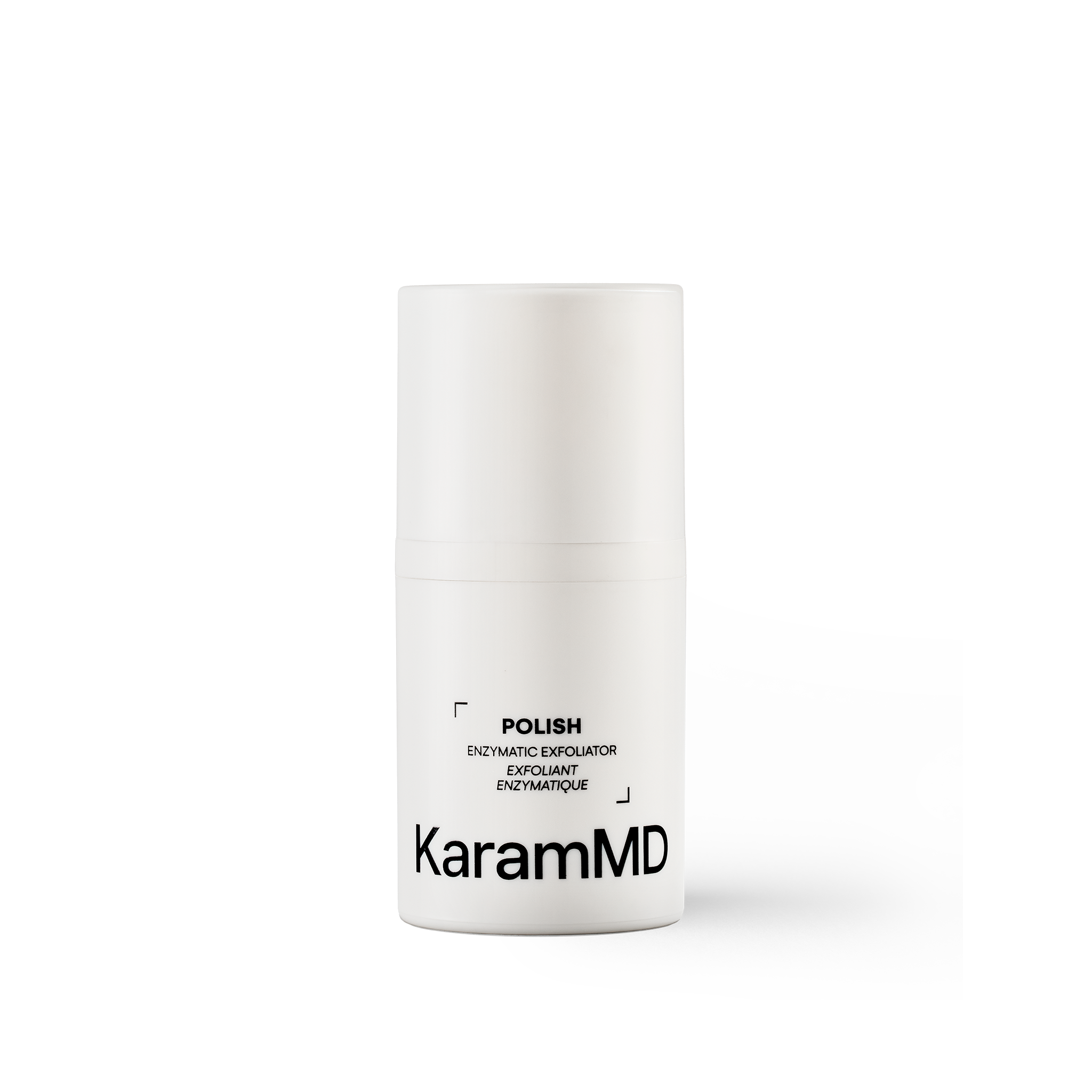
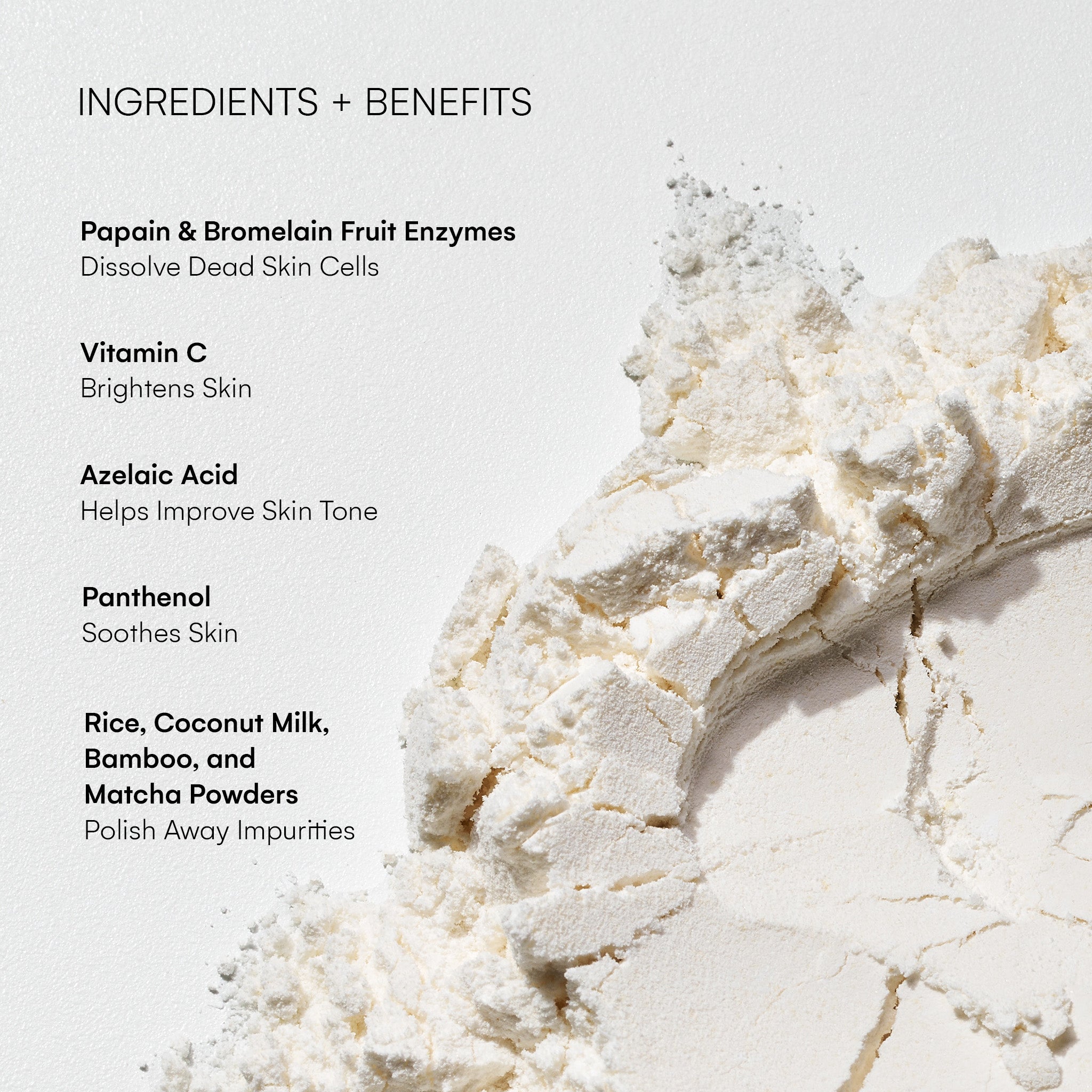
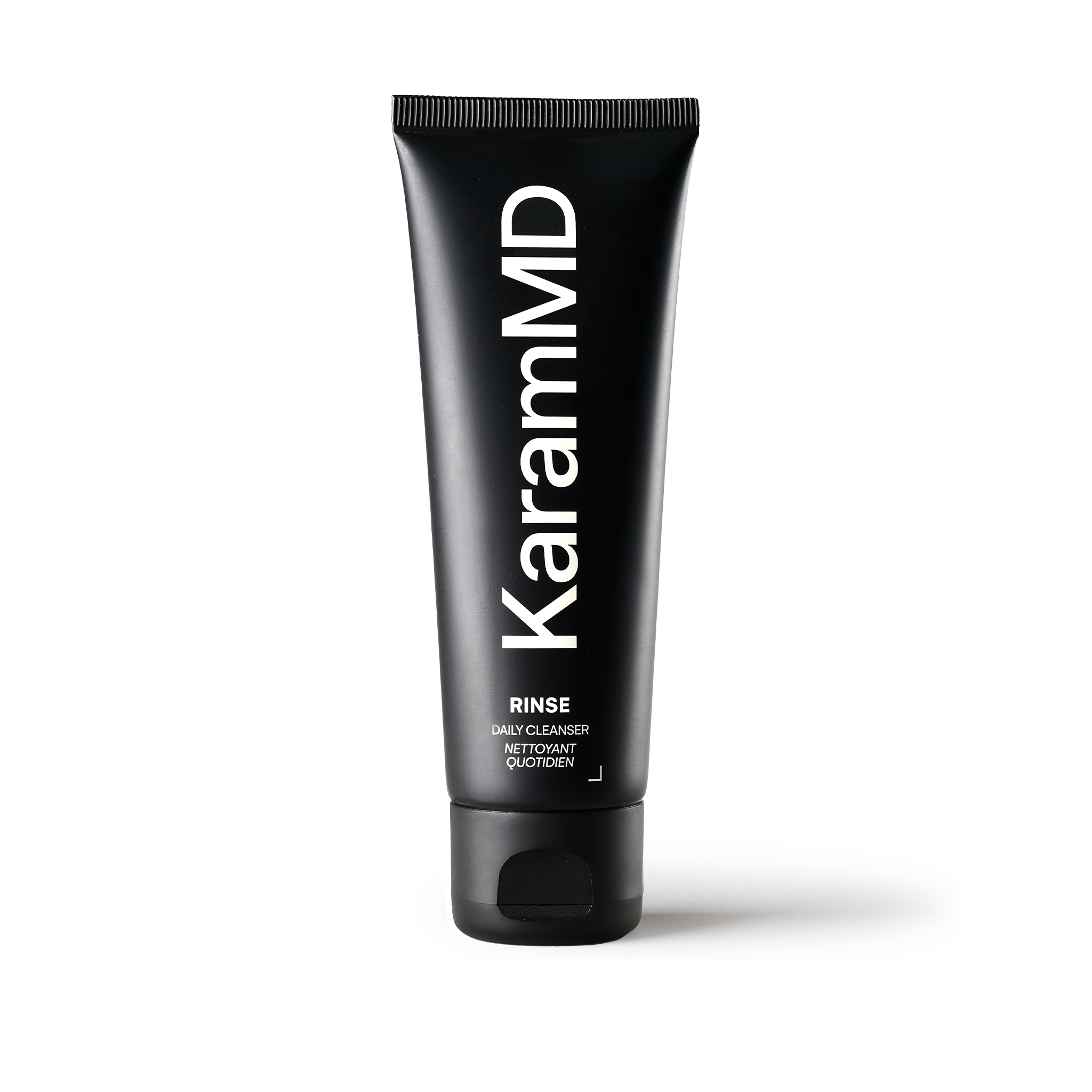
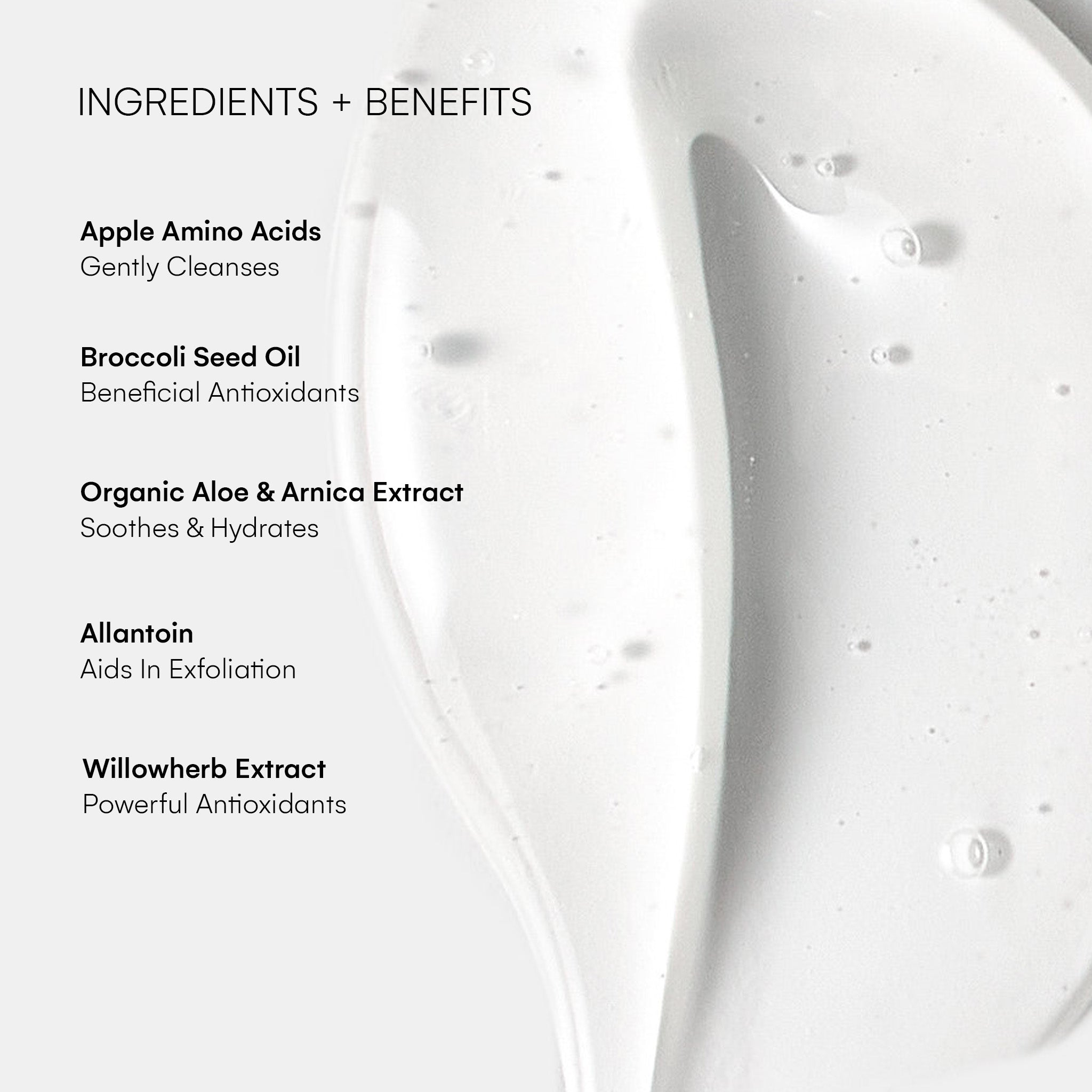
8 comments
Customer Support
Hi Yvette—while there are many different skincare treatments out there, the top priority should definitely be skincare. If you have a daily skincare routine, like Trifecta, that contains all the active ingredients you need for healthy skin, then lasers can help enhance and improve upon that foundation. But, if you are not taking care of your skin with a consistent routine, the lasers are not going to be worth it.
Customer Support
Hi Diana—You’re in luck. Dr. Karam will be writing a whole “Filler FAQ” article because so many people ask him filler questions. Make sure you are signed up for the KaramMD Journal newsletters and keep an eye on your inbox to learn more!
Customer Support
Hi Suzi-thank you for your comment and it is so exciting to hear that you’ve been taking such great care of your skin and that Trifecta has only added to that! If you would like to make an appointment with Dr. Karam, please email us customerservice@karammdskin.com and we will make sure you’re directed to the right place and taken care of. Hope to see you in San Diego soon!
Customer Support
Hi Taimay Ho—Yes, we do ship internationally! Once you input your address, you will see the shipping fee for where you currently reside. Please be advised that we do not cover any customs fees or duties – those differ in every country and are the responsibility of the customer. Hope you get a chance to Trifecta soon!
Yvette Dietrich
I’m 62 and considering the SkinTyght laser. After reading this article it seems like I should forget that option and just use the Trifecta, is that correct? Thank you so much, Yvette
Leave a comment
All comments are moderated before being published.
This site is protected by reCAPTCHA and the Google Privacy Policy and Terms of Service apply.